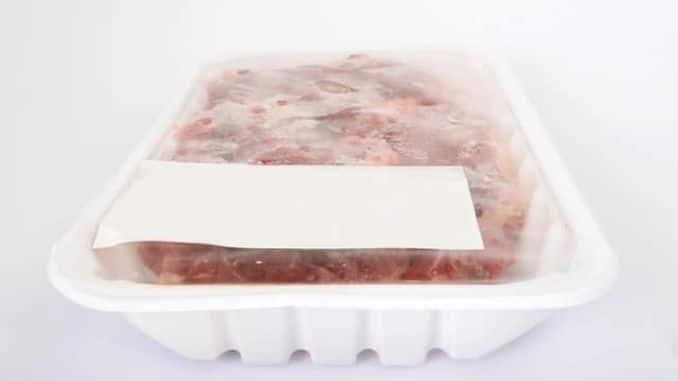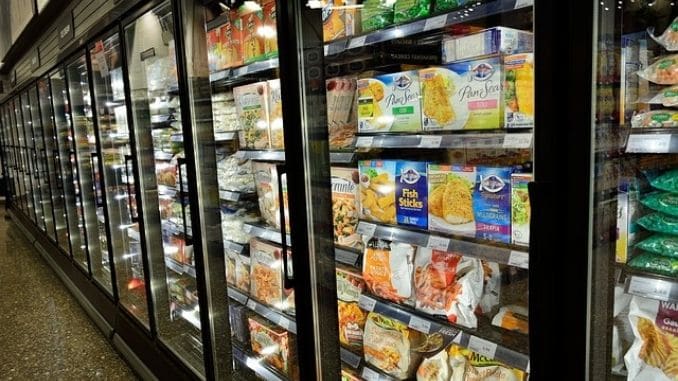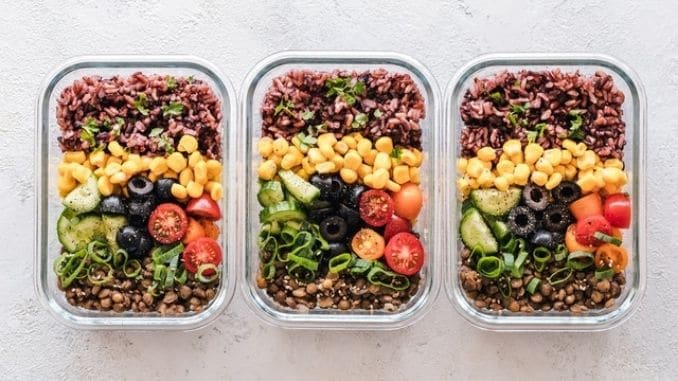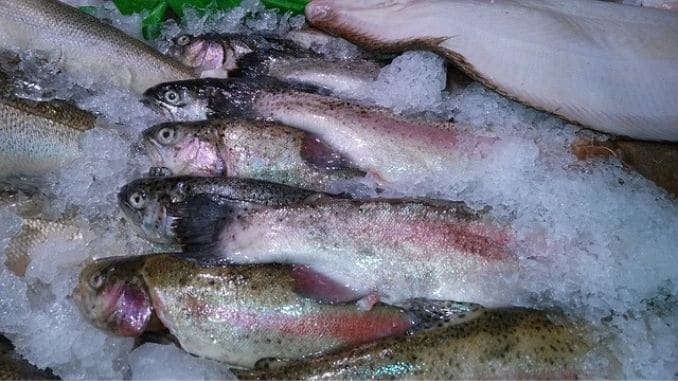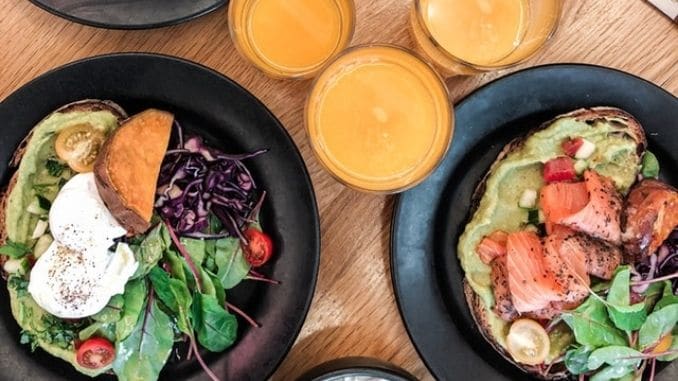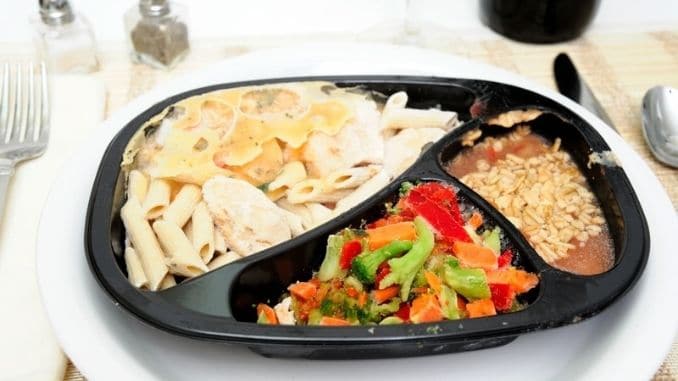
The TV dinner was all the rage back in the 1960s. Everyone loved the convenience of just pulling a package out of the freezer, popping it into the oven and, a few minutes later, sitting down to a hot, tasty meal.
As the decades passed, frozen meals only became more popular. Our lives grew busier, and our time to prepare and cook nutritious meals shrank or nearly disappeared. When the microwave oven came onto the market, microwavable dinners exploded, and it seemed like the era of convenience foods couldn’t get any better.
However, then we began to hear about the downsides. Frozen foods were bad for our health, we found out. They were full of extra fats, chemicals, preservatives, hydrogenated oils, sodium, sugar and more. Eat them regularly, and you were putting your health at risk.
We were disappointed for sure, but those who wanted to live healthy lives got the message and started avoiding frozen foods like the plague. The options for quick, convenient meals were limited, though, leaving families feeling stressed and guilty on those nights when they had time for little else but fast food or takeout.
Fortunately, the tides are changing. The food manufacturers have gotten the message that food needs not only to taste good but be good for us too. Today, there are several frozen foods that are healthy options that families can turn to when they need a night off.
Why Frozen Foods Gained a Bad Reputation
When frozen meals first came out, most people didn’t pay too much attention to how they were made or what was in them. Consumers cared about taste, and manufacturers cared about making consumers happy.
As we became more aware of how food affects our health, however, we realized that frozen meals weren’t helping us. We began to read the nutrition facts, which were often shocking in their revelations, and we started zeroing in on the ingredient list, which was equally disappointing.
One of the biggest problems with frozen dinners was their fat content. Most are enormously high. In fact, according to a 2014 study, the consumption of ready-made meals like frozen dinners was found to be associated with belly fat.
However, that wasn’t all. In 2018, another study came out showing that people who ate more highly processed foods like frozen dinners had a higher risk of cancer.
Frozen meals fit into the category of “highly processed” because of how many changes they go through before landing on your plate. Most of the foods are far different than they were in their natural state, with added sweeteners, preservatives, nitrites, sodium, flavorings, colorings and more.
In 2019, we got even more bad news. Researchers studied data from more than 44,000 adults 45 years and older and found that just a small (10 percent) increase in the proportion of ultraprocessed food consumption was significantly associated with a 14 percent higher risk of all-cause mortality.
The study suggested that regularly eating processed foods like frozen dinners could lead to premature death.
No wonder most families started shunning these convenient meals. In 2014, The Atlantic ran an article entitled, “America is Falling Out of Love with TV Dinners.” Author Roberto A. Ferdman noted that after nearly 60 years of sustained growth, frozen meal sales were starting to dip, falling or at the very least flattening out every year since 2008.
The food companies got the message and, now, frozen foods are making a comeback.
More Healthy Frozen Food Options Today
A recent study by the American Frozen Food Institute and Food Marketing Institute showed that frozen food sales grew by 2.6 percent in 2018, representing about a 4 percent swing from five years earlier when sales were still down by 1.7 percent.
A recent National Frozen and Refrigeration Foods Association (NFRA) report showed that 26 percent of United States shoppers visit the frozen food aisle now more frequently than they did in the past, with 43 percent of millennials saying they’re now purchasing more frozen food.
Why the change? Two reasons:
- Consumers have become more educated on how nutritious frozen food can be.
- Food companies are providing us with more truly healthy options.
The problem was never that frozen dinners were frozen. Freezing is a healthy way of preserving foods and frozen produce items are often healthier than fresh. In a 2015 study, researchers found that the vitamin content in frozen produce was comparable and, sometimes, superior to their fresh counterparts.
Indeed, when it comes to preserving foods, freezing is the number one method for safeguarding nutrients, including vitamins, minerals, and beneficial plant compounds. Most frozen fruits, for example, are commercially picked at the peak of ripeness and then quick-frozen and packaged under a nitrogen atmosphere, shielding nutrients from damaging oxygen.
Produce intended to be sold fresh, on the other hand, is picked when less mature and less nutrient-dense to last through transport and storage.
So, although we’re not concerned about freezing itself, we are still wary of what food manufacturers are putting in those frozen packages. Fortunately, as consumer demand for healthier options has increased, we now have more choices when it comes to frozen foods, and many of them are — perhaps surprisingly — healthy ones.
Top 10 Healthy Frozen Foods
Although not all frozen foods have turned a healthy corner, many have. When shopping, follow these tips:
- Food facts: Always read the food facts label on the back, and avoid high-fat, high-sodium and high-sugar foods. Steer clear of partially hydrogenated oil as that signals the presence of dangerous trans fats. Look for options that are rich in fiber and protein instead.
- Ingredient label: Check the ingredient list. Does it match what the package says on the front? If you see real food listed, it’s likely a good buy. However, beware listings full of chemicals, preservatives, flavorings, and dyes. In general, the fewer ingredients, the better.
- Choose organic: Organic items aren’t perfect, but they’re often a good place to start as they’re less likely to contain high fructose corn syrup, artificial ingredients and chemical preservatives and more likely to have real vegetables and proteins.
- Check serving size: Some frozen meals have unrealistic serving sizes on them. Two servings on a single box of frozen spaghetti may end up being only one serving for you, so adjust the food facts accordingly before buying.
- Make it healthier: Remember that you can always make any frozen meal healthier by adding in your own fruits and vegetables. If you have a few bags of plain frozen veggies in the freezer, warm them up and mix them into your frozen dinner dish. Most meals have enough sauce and spices to manage this without losing flavor. You can do the same with breakfast — pair your meal with a banana or cup of berries for extra calories and filling fiber.
1. Plain Fruits and Vegetables
There are many food companies now offering frozen fruits and vegetables today. These are wonderful healthy options to have in your freezer for when you run out of fresh produce, and they make it easy to add nutritious items to your meal quickly.
Frozen fruits work great in a breakfast smoothie, and frozen veggies can be heated up quickly and added to any dinner. You should see only the fruit or vegetable in the ingredient list — nothing else. A bag of frozen peas, for example, should say only “peas” on the ingredient list.
2. Frozen Breakfast Foods
Healthiest Frozen Meals: These have become popular because they help us get going quickly in the morning, and they taste good. Look for waffles and pancakes packed with fruit and fiber, protein-rich, egg-based meals with veggies and high-fiber burritos with real beans and vegetables.
3. Frozen Lunches
Healthiest Frozen Meals: If you have to grab something on the go while at the office, a frozen meal can fit the bill and is often a healthier choice than fast food or vending machine fare. Look for bowls filled with healthy items like mushrooms, sweet potatoes, beans, fruits and lean meats, but avoid those that are high in saturated fat, sodium and carbohydrates.
4. Frozen Pasta
Healthiest Frozen Meals: The trick here is to look for those that aren’t too high in sodium and fat. Those with cream sauces often are fat, but there are some that aren’t bad and that shun the artificial flavors, artificial colors and preservatives. In general, meals with red sauce will have fewer calories than those with white sauce.
5. Frozen Fish
Healthiest Frozen Meals: This is another category of frozen foods that can be super healthy. Like frozen fruits and vegetables, frozen fish are frozen quickly as soon as they’re caught. Toss them on the grill or in the oven with your own spices, and you have a quick, healthy meal.
Look for plain frozen fish most of the time. If you don’t want to flavor it yourself, some preprepared options will do in a pinch, including salmon kits that come with the salmon fillets and crust mix.
6. Frozen Mexican Food
Healthiest Frozen Meals: Burritos, enchiladas and other similar items can be very healthy as they often contain fiber-rich beans. The good ones will also include plenty of veggies, including zucchini, bell peppers, corn and onions. Pair these dishes with a side of rice or cauliflower.
7. Frozen Meat Meals
Healthiest Frozen Meals: Many of these come with potatoes and vegetables and can be healthy as long as there’s not too much sauce involved. If you see sugar in the ingredients, beware, as the item is likely to be higher in calories. Chicken and turkey usually provide the healthiest options.
8. Dinner Bowls
These often include noodles, rice and beans, along with a good helping of vegetables like broccoli, carrots, mushrooms, peppers, onions and more. You can always increase the fiber content by mixing in some extra vegetables like edamame or peas.
9. Frozen Burgers
If you’re looking for a higher protein boost, you can find chicken, turkey, quinoa and Portobello mushroom patties that will do the job. Whenever you’re getting meat in frozen food, the concern is fat and sodium, so check both of these and choose those with the lowest amounts.
10. Pizza
Frozen pizza usually is not a healthy option in the frozen food aisle, but if you’re craving it, you can limit the damage by seeking out organic and whole-food brands that cut back on the sodium and fat while beefing up the fiber and protein.
Those that contain healthy toppings like spinach, tomatoes, chicken, mushrooms and the like will leave you feeling better about pizza night. Don’t forget — you can always choose the plain cheese type and add your own toppings before heating.
For your guide to the healthiest foods, check out The Best Foods that Rapidly Slim & Heal in 7 Days, here!

